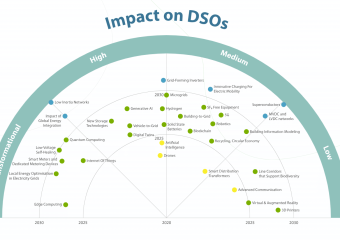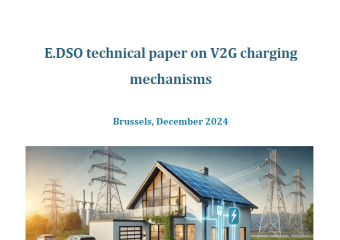Load Frequency Control and Reserves (LFCR) network code – EDSO reponse to ENTSO-E consultation
On April 2nd 2013, EDSO for Smart Grids, in cooperation with other associations, released a joint response to ENTSO-E public consultation on the Load Frequency Control and Reserves (LFCR) network code.
The paper provides input on several aspect of the code, and most notably:
- Proper regulatory oversight and transparency of TSO LFC activities should be ensure
Transparency in the regulatory approval and stakeholder consultation is key for market participants. Therefore the regulatory approval article should include a list of articles of the code to be subject to NRA approval, to be subject to public consultation and subject to cost-benefit analysis.
- Role of the DSO
Reserve providing units might be connected to a local DSO (e.g. a municipal utility). Such a DSO might not be directly connected to the TSO – another, major DSO, might be present ‘in the middle’. In such a case, the major DSO has to be also respected in the process of prequalification as congestions in the major DSO’s grid may arise prohibiting reserve provision. The current draft of the LFCR network code does not reflect such situations.
Furthermore, it must be ensured that DSO receives all information necessary for secure operation of its grid. All real time communication channels should be described in NC OS, which is ‘the umbrella code’ on system operation and should not be duplicated. Interaction
- Definitions and interactions with other network codes should be clarified
There is a need for better consistency between the definitions in the code, e.g. RR definition should be aligned with FCR and FRR definitions (1.2), FCR definition should be the same in all articles (4.27.5), FCR provider definition should be consistent with the definition of FCR Providing Unit (4.29.4).
Furthermore, there should be better consistency between this code and other code in terms of definitions. E.g.: Area State is already defined in the OS NC and thus should not be included here;Northern Area should be replaced by Nordic Area, defined already in the RfG NC.






